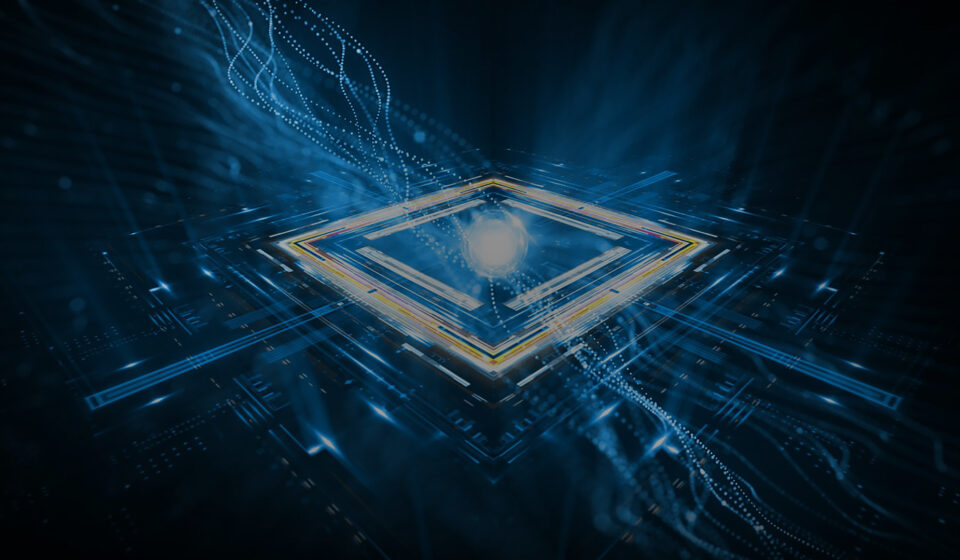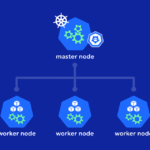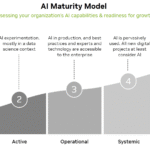
Is Moore’s Law dead?
Is Moore’s Law dead? Let’s break it down in simple terms.
Moore’s Law is this idea from the 1960s that said the number of tiny switches (called transistors) inside computer chips would double every two years. This meant computers would keep getting faster and cheaper at a high pace. And for a long time, that’s exactly what happened. Our phones, laptops, and all kinds of tech got better and better because chips kept shrinking and packing in more power.
But now, we’ve hit a big roadblock. These transistors are so small they’re almost the size of atoms which is the tiniest things you can’t break down any further. You can’t really make something smaller than an atom, so we can’t keep shrinking chips like before.
Does that mean progress stops? Nope! Instead of just making chips smaller, engineers are getting creative. They’re building special kinds of chips designed to do certain jobs really fast like GPUs.
Here’s a simple comparison between CPUs and GPUs to help explain why GPUs are becoming so important:
| Feature | CPU (Central Processing Unit) | GPU (Graphics Processing Unit) |
|---|---|---|
| Task Optimization | Optimized for serial (one-at-a-time) tasks | Optimized for parallel (many-at-once) tasks |
| Instruction Set Complexity | Designed to process complex instruction sets | Designed to execute simple instruction sets |
| Number of Cores | Few cores (usually 4 to 16) | Thousands of smaller cores |
| Flexibility | Highly flexible, can handle a wide range of tasks | Specialized for repetitive, parallel tasks |
| Common Uses | Running operating systems, general computing | Graphics rendering, AI training, big data processing |
Because GPUs can handle thousands of tasks simultaneously, organizations use them to speed up AI, machine learning, and data-heavy workloads that CPUs can’t process as efficiently.
For example, companies like NVIDIA have revolutionized AI and gaming by developing powerful GPUs that train complex AI models faster than ever before. Google uses specialized AI chips called TPUs (Tensor Processing Units) to power services like Google Translate and Google Photos, making them smarter and faster. Tesla relies on GPUs and AI to process massive amounts of data from its cars’ sensors, enabling self-driving capabilities.
And speaking of AI, it’s also helping us get more out of the computers we already have. AI can figure out smarter ways to run programs and solve problems, making everything work better without needing smaller chips.
So, while Moore’s Law might be slowing down, technology isn’t. We’re moving from just making things tinier to making them smarter and more specialized. And that’s opening up a whole new world of possibilities.





